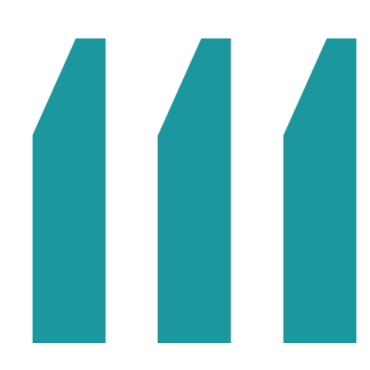More than ten years after its last revision, Chapter 1 of the Good Manufacturing Practices (GMP) – the foundational document defining the requirements of the Pharmaceutical Quality System (PQS) – is undergoing a major overhaul. On 3 September 2025, the European Commission opened a public consultation on the new draft, which will remain open until 3 December 2025.
The PQS is the backbone of any GMP-compliant manufacturing process and plays a key role in implementing a risk-based approach, which is now essential to ensure the quality, safety, and efficacy of medicines. The revision has two main objectives: to align the text with the latest scientific and technological knowledge and to harmonize it with international guidelines, particularly the ICH Q9(R1) on Quality Risk Management (QRM).
Risk management at the core of quality systems
The main thread running through the revision is the strengthening of a systematic approach to risk management throughout the product lifecycle. The new text highlights how QRM must become a strategic, proactive tool capable of reducing variability in quality outcomes, supporting timely, informed decisions, and driving continuous improvement.
Particular attention is given to the prevention of medicine shortages, an increasingly critical issue for regulators. The revised guidance stresses the importance of proactively identifying manufacturing and supply chain risks, including external factors such as problems with raw material suppliers or contract partners.
PQS, knowledge, and early warning systems
Chapter 1 significantly expands the role of the PQS. In particular, paragraph 1.4 explicitly introduces the use of Quality Risk Management in the design and qualification of manufacturing systems, extending its application to every stage of the pharmaceutical lifecycle.
The revised text also closely links risk management and knowledge management: together, these elements should form a robust early warning system, capable of monitoring evolving quality and manufacturing risks both internally and externally. This approach not only improves production resilience but also plays a crucial role in managing potential product shortages before they occur.
More robust and meaningful Product Quality Reviews
Another key update concerns the Product Quality Review (PQR), which becomes more flexible and comprehensive. When only a few batches are manufactured during a given year, the new text recommends including historical data from previous review periods to ensure a more solid and representative analysis of process consistency.
The revision also mandates that a PQR must be performed even in the absence of production during the review period, including key parameters such as stability results, complaints, recalls, major deviations, and regulatory variations. Review timelines may be adjusted to reflect manufacturing realities, provided they are justified and supported by documented internal procedures.
New opportunities for product grouping
Paragraph 1.11 introduces new grouping strategies for quality reviews, allowing products with the same active substance or manufactured on the same equipment to be reviewed together. However, such strategies must demonstrate that grouping improves process analysis and does not hinder the detection of negative trends for individual products.
It remains unacceptable to base reviews solely on a representative or “worst-case” product. Grouping strategies must be defined in formal technical agreements between the marketing authorization holder and the manufacturer.
QRM: formality, subjectivity, and knowledge
The revised text makes it clear that QRM is a systematic process that supports decision-making and should be applied throughout the entire product lifecycle. It also emphasizes the importance of managing subjectivity to preserve the effectiveness of risk-based decisions and of periodically reassessing QRM results in light of new knowledge and experience.
An important clarification expands the definition of “quality risk” to include situations that may compromise product availability. Every player in the supply chain, from manufacturing to distribution, is responsible for managing such scenarios.
A strategic text for the future of GMP
The revision of Chapter 1 of the GMP is far more than a technical update. It represents a cultural shift in how pharmaceutical quality is understood – from a control function to a strategic driver of risk management, innovation, and therapeutic continuity.
For the European pharmaceutical industry, the new text is an invitation to adopt a more integrated, proactive, and knowledge-driven approach that supports technological progress and ensures the safe and reliable supply of medicines to patients.
The public consultation will remain open until 3 December 2025. Organizations and professionals can submit their feedback via the EU Survey platform or through their relevant industrial associations. The European Industrial Pharmacists Group (EIPG) will coordinate a collective response on behalf of Europe’s industrial pharmacists.


